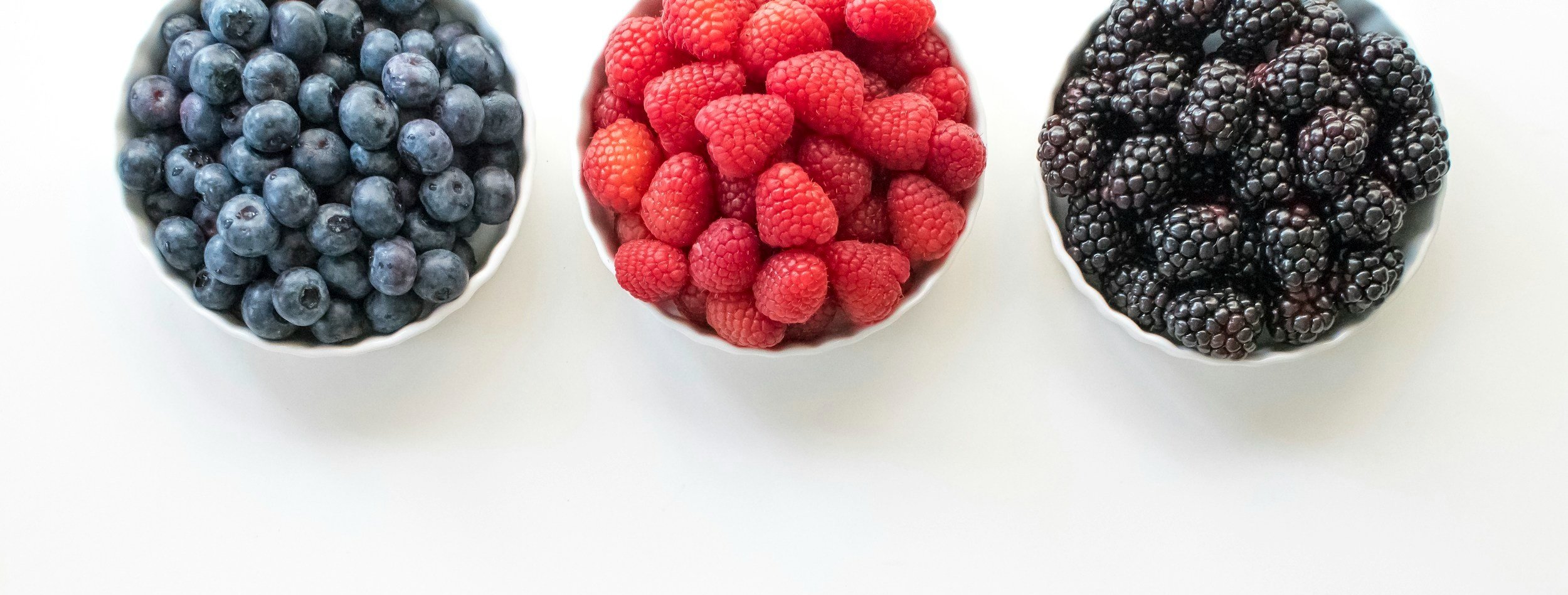A few questions for you first - Is bloating your most prominent digestive symptom? Do your IBS symptoms worsen during periods of stress? Do you feel bloated with a certain food one day, but not another day? Do you get bloated even from water? Yes is a common answer I hear but it does not typically indicate any serious damage to the gut, or that you most definitively have SIBO. It could actually be a misfiring of signals from your gut to your brain and back…aka a gut-brain connection issue (or a disorder of gut-brain interaction - DGBI).
Bloating & Distension are Different:
Abdominal bloating and distension are 2 of the most commonly reported GI symptoms. For some they can be chronic and very uncomfortable, but for other it may be infrequent.
But there is a difference between bloating and distension! They can occur together or independently. To get technical, abdominal bloating is the subjective sensation of excess intestinal gas, but without obvious visible abdominal distension. People with bloating may feel a sense of fullness or discomfort. Abdominal distension is the objective physical manifestation of an increase in abdominal girth (aka “looking 6 months pregnant” for some). Unfortunately, because of how the health care system categorizes IBS, the differentiation is not regarded, but it can be very helpful to determine the cause of your IBS.
If you have bloating and/or distension but regular bowel movements, or if you have explored celiac testing, the lowFODMAP diet or SIBO testing and you still have bloating, it would be helpful to explore the idea of a disorder of gut-brain interaction (DGBI).
It's Not "Just in Your Head":
It’s important to understand that a DGBI is not "just in your head." While the brain and gut communicate closely, the symptoms are real and need proper management - these are gut conditions that can be affected by stress and mental health. But they are not just stress and mental health.
Think of your gut as a house and a DGBI as a highly sensitive fire alarm system. Normally, the fire alarm only goes off when there is an actual fire, alerting you to real danger. However, in DGBI, this fire alarm system is malfunctioning. It’s hypersensitive and can be triggered by everyday activities like cooking or lighting a candle, causing unnecessary panic and stress. Just as you would need to fix a malfunctioning fire alarm, DGBI requires a tailored approach to manage the symptoms and improve your quality of life.
What can help?
There are several things we need to explore in order to calm this hypersensitivity and correct a DGBI. Everyone in unique of course so unraveling the trigger and make the correction does need an individual approach. Do we need to start with correcting any imbalance of gut bacteria? Or does daily stress and anxiety have a bigger impact on your gut symptoms. These are things I love to explore with people.





